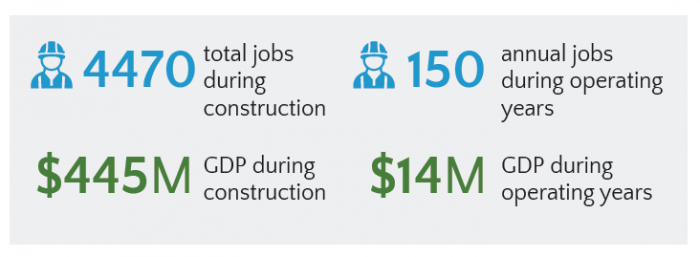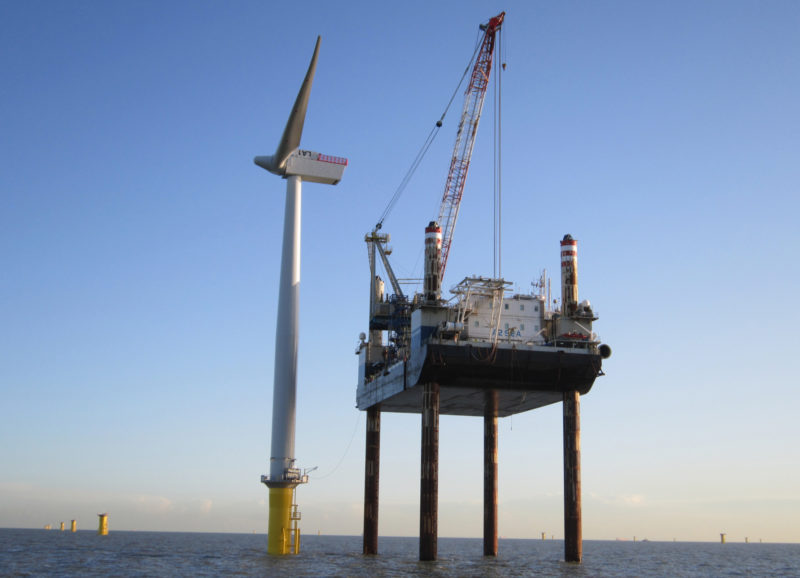“Offshore Renewable Energy Technologies in the Gulf of Mexico” analyzed different offshore renewable energy technologies to determine which are best suited for development in the Gulf of Mexico. The renewable energy resources evaluated included wind, wave, tidal, current, solar, deepwater source cooling, and hydrogen. Offshore wind showed the greatest resource potential when app lied to the Gulf of Mexico and is the most mature technology of those analyzed for the region. Once offshore wind was identified as the leading technology for Gulf of Mexico application, BOEM and NREL further analyzed of the economic feasibility of offshore wind for selected sites in the Gulf of Mexico.
lied to the Gulf of Mexico and is the most mature technology of those analyzed for the region. Once offshore wind was identified as the leading technology for Gulf of Mexico application, BOEM and NREL further analyzed of the economic feasibility of offshore wind for selected sites in the Gulf of Mexico.
In the “Offshore Wind in the U.S. Gulf of Mexico: Regional Economic Modeling & Site-Specific Analyses” the site-specific economic analysis indicated that a single offshore wind project could support approximately 4,470 jobs and $445 million in gross domestic product (GDP) during construction and an ongoing 150 jobs and $14 million annually from operation and maintenance labor, materials, and services. Results are based on a 600-megawatt (MW) project at a reference site with a commercial operation date of 2030.
Based on the findings from the first phase of the study, during which all renewable energy sources in the GOM were evaluated, NREL determined that offshore wind has the highest potential to deliver utility scale electricity from ocean-based renewable energy in the GOM. This conclusion is based on the quantification and relative scoring based on three factors: resource adequacy, technology readiness, and cost competitiveness.
The results of these studies will inform federal, state, and local strategic renewable energy planning over the next decade.




